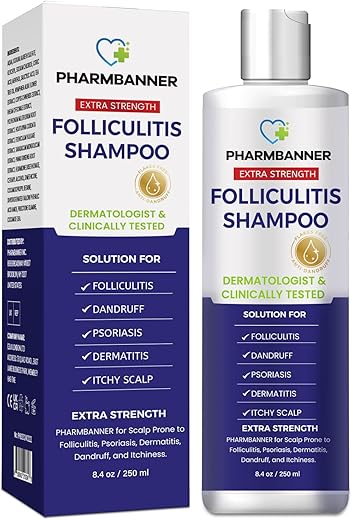
Step-by-Step Guide to a Flake-Free Scalp
Why a Flake-Free Scalp Matters
A FLAKE-FREE scalp improves comfort, confidence, and hair health. Learn to spot occasional dandruff vs. chronic conditions, then use a targeted, consistent routine to reduce flakes, calm irritation, and prevent recurrence. This guide gives clear, practical steps to follow today.
What You'll Need
Beat Dandruff for Good: 5 Easy Steps to a Healthy, Flake-Free Scalp | HT Lifestyle
Step 1 — Diagnose Your Scalp
Dry flakes, greasy dandruff, or something else? Get the root cause before treating.Observe your scalp carefully. Look at flakes, texture, color, and where symptoms appear.
Small, white flakes with tightness usually mean dry scalp. Oily, yellow flakes plus redness point to seborrheic dermatitis. Thick, silvery plaques that bleed when scratched suggest psoriasis. For example: if flakes spike in winter after long walks, think dry scalp.
Take notes on triggers and signs:
Accurate self-assessment helps you pick the right active ingredients or signals the need for a professional evaluation.
Step 2 — Pick the Perfect Shampoo
One size doesn’t fit all — this ingredient cheat-sheet saves you guesswork.Choose an anti-dandruff shampoo that matches your diagnosis. Match active to cause:
Use medicated shampoo 2–3 times weekly, alternating with a gentle, sulfate-free cleanser on off days. Rotate actives if progress stalls — swap actives every 6–8 weeks rather than increasing frequency. For example, switch from zinc to ketoconazole if flakes persist after a month. Avoid shampoos with harsh sulfates if your scalp is dry or irritated.
Step 3 — Apply Treatments Like a Pro
Massaging, timing, and rinsing — tiny technique tweaks that improve results fast.Apply shampoo directly to a thoroughly wet scalp. Concentrate product at the roots and massage briskly for 60–120 seconds so antifungal or anti-inflammatory actives can work — set a phone timer if you get distracted.
Follow label directions for medicated shampoos; some require a few minutes of contact before rinsing. Rinse thoroughly to remove residue. Avoid overwashing: use medicated formulas 2–3 times weekly and a gentle, sulfate-free cleanser on off-days.
Section hair and apply leave-on serums or oils directly to the scalp, spreading evenly so every problem area gets coverage.
Step 4 — Restore and Protect the Scalp Barrier
Moisture heals—use the right oils and serums to calm flakes without clogging pores.Restore hydration after medicated cleansing with lightweight, non-comedogenic oils like squalane or jojoba, or use a barrier-repair serum with ceramides. Apply a few drops to damp scalp and gently spread with fingertips; think of treating the scalp like facial skin.
Use gentle exfoliation sparingly to remove buildup — try a scalp scrub once every 1–2 weeks or a low‑strength salicylic acid leave-on treatment. Do not over-exfoliate.
Avoid alcohol-heavy tonics and aggressive brushing that strip oils and damage the barrier. For visible inflammation, consult your clinician; short courses of topical corticosteroids or prescription options may be appropriate and should be used under medical guidance.
Step 5 — Lifestyle Fixes That Support a Healthy Scalp
Stress, sugar, and your hair tools — the surprising culprits worth fixing now.Adjust your diet: reduce refined sugar (skip sodas and candy) and add anti-inflammatory foods.
Drink water throughout the day—aim for steady hydration rather than chugging.
Manage stress: prioritize 7–9 hours sleep, do 30 minutes of exercise most days, or use 5–10 minutes of breathing or mindfulness to interrupt flare-ups.
Clean combs and brushes weekly with warm soapy water and air-dry to avoid redistributing flakes or fungi.
Limit hot showers and heat styling; choose lukewarm water and lower dryer settings. Choose breathable hats (cotton/linen) over synthetic caps.
Small lifestyle shifts often lower frequency and severity of recurrence.
Step 6 — Maintain Results and Know When to See a Pro
Keep flakes away long-term — and don’t wait if things worsen.Establish a maintenance schedule: rotate medicated shampoos (e.g., ketoconazole, zinc pyrithione) every 4–6 weeks.
Drop to maintenance frequency (once weekly or every 7–10 days) once flakes and itching are controlled.
Reintroduce active treatments at the first sign of return rather than waiting for severe flaring.
Track triggers and product responses in a simple log — note date, product, diet, stress level, and symptoms so you can spot patterns.
See a dermatologist if any above occur; expect prescription options such as topical antifungals, short-course steroids, or systemic treatments for resistant or severe cases.
You’re Ready for a Flake-Free Future
Follow a targeted diagnosis, correct product selection, consistent technique, scalp nourishment, lifestyle tweaks, and regular maintenance to keep flakes under control — you’ve got a clear plan and routines; are you ready to commit and enjoy lasting scalp confidence and results?

Hello! I’m Ava Wilson, a passionate advocate for healthy, beautiful hair. With years of experience in the hairstyling industry and a deep-rooted love for all things hair, I’ve made it my mission to share valuable insights and expert tips on nurturing and styling locks.


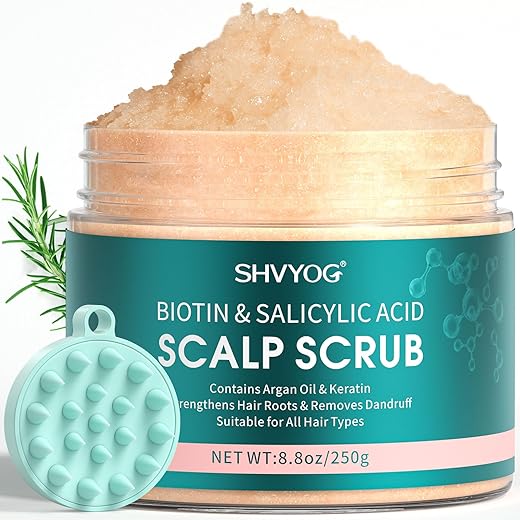
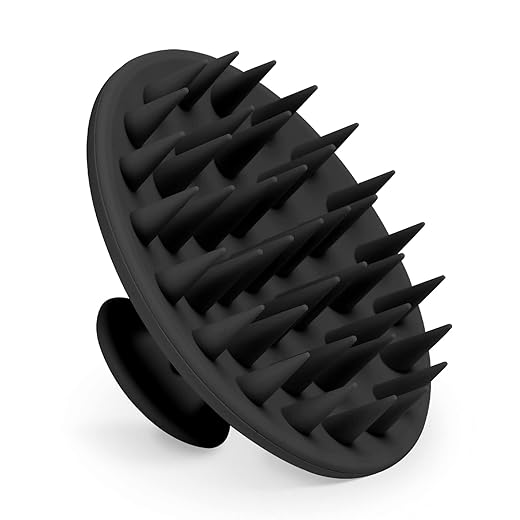
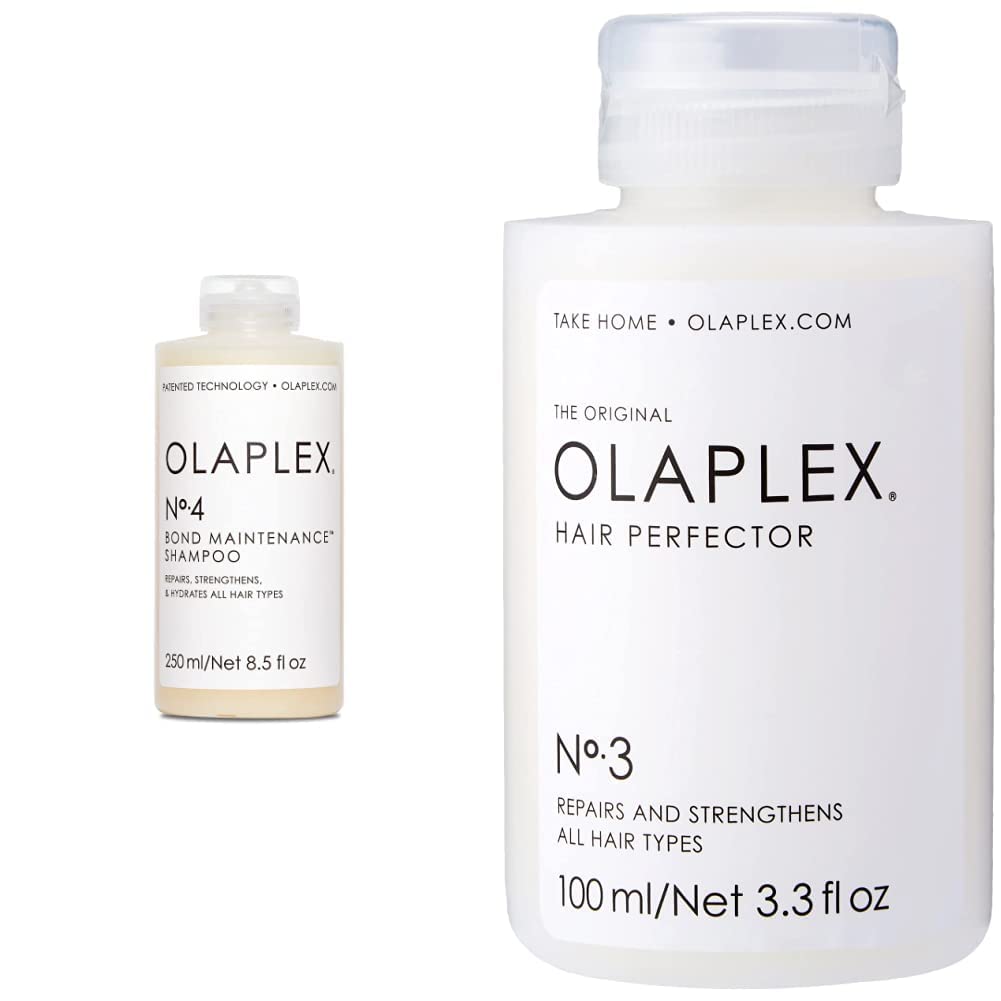

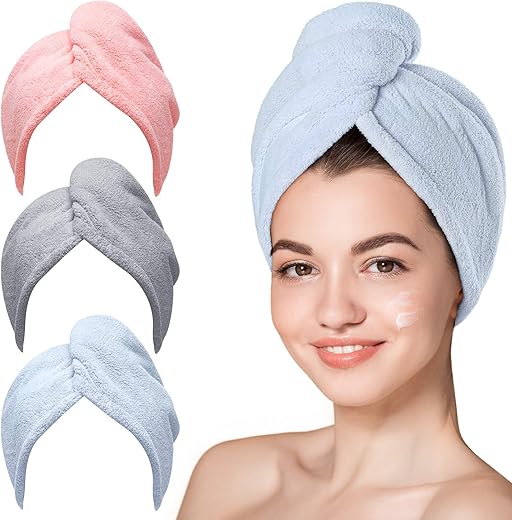
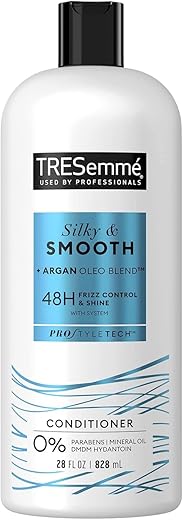

This guide is exhaustive — thanks! Quick question about ‘know when to see a pro’: is constant bleeding or large patches of hair loss an immediate red flag or can that sometimes be from over-enthusiastic scrubbing?
My partner got scabs from picking at them, oops 😬
Bleeding, large patches of hair loss, or severe pain/oozing are definite reasons to see a dermatologist promptly. Excessive scrubbing can irritate skin but usually doesn’t cause big patchy hair loss. Scabbing from picking should be addressed too — a pro can help prevent infection and scarring.
Also consider a trichologist if it’s mostly hair loss — they specialize in hair/scalp health specifically.
If it’s scabbing and not improving within a week or two, go see someone. Scars are permanent if left to get worse.
Interesting read. The lifestyle fixes section was something I underestimated — turns out my chronic stress was a huge trigger. I started tracking sleep and reduced sugary snacks, and the flakes got better.
Also, tip: invest in a good wide-tooth comb if you use oils — makes distributing treatment easier and avoids tugging on your scalp.
Totally — stress is sneaky. I started meditating for 10 minutes a day and my scalp improved more than any product did. Small wins!
Curious — did you change anything else at the same time? Sometimes it’s hard to know which change actually helped.
Thanks for sharing, Marcus. Stress and diet are often overlooked but can definitely influence scalp inflammation. The comb tip is solid — it also helps prevent product buildup in one spot.
Love the humor in the article and the ‘You’re Ready for a Flake-Free Future’ send-off. Made a mundane topic feel less clinical.
Two practical notes from me:
1) Avoid using too many scalp products at once — they can interact oddly.
2) Rinse thoroughly after oils — residue can look like flakes if not washed out properly.
Residue tip is gold. I once panicked thinking my scalp was flaking again when it was just leftover balm.
Appreciate that, Sarah. Good product layering advice — simpler regimens often perform better. And yes, residue can mimic flakes; good rinse technique is underrated.
Also, waiting a few minutes after applying a treatment before bed can prevent pillow stains — ask me how I learned 😂
Quick FYI for folks with curly hair: the suggested shampoos and barrier-restoring products are fine, but watch how often you shampoo. Curly scalps can get drier faster. Co-washing in between medicated shampoos helped me keep a balance.
Some lightweight serums work if they’re water-based. Heavy oils can weigh curls down though.
Anyone tried leave-in scalp serums for curly hair? Curious if they make a mess or actually help.
Excellent point, Michael. Hair texture plays a big role in routine frequency. Co-washing and sulfate-free cleansers are good maintenance options for curls.
Agreed — my curls hate daily medicated shampoos. Now I do targeted treatments and co-wash the rest of the time.
Loved the ‘restore and protect the scalp barrier’ section. I’ve been using a light ceramide serum after treatments and it made a noticeable difference in itchiness.
Minor nitpick: wish there were a couple of product recs for sensitive scalps (fragrance-free options).
Aveeno and CeraVe both have fragrance-free lines that are gentle on the scalp. Not product spam, just personal experience.
Agree on CeraVe — their PM moisturizer is great on the skin; I use their scalp products sparingly but they’ve helped.
Good point, Linda — we kept recommendations broad to stay inclusive, but I’ll add a short list of fragrance-free, dermatology-backed options in the next update. Thanks for the suggestion!
Funny story: I tried diagnosing my scalp by googling pictures and ended up convinced I had the worst case ever 😂. The guide’s step-by-step diagnosis advice saved me from panicking. For anyone nervous: take photos of your scalp and compare over time — it’s easier to spot improvement that way.
Ha — we’ve all been there, Javier. Photo tracking is a great tip. If you’re ever unsure, a dermatologist visit is the best next step rather than assuming the worst from random images online.
Same — photo logs helped me realize my flakes spike after long flights. Travel + dry air = nope.
Skeptical but hopeful. I tried a ‘miracle’ mask last year and it made things worse (sticky, more flakes). This guide’s emphasis on diagnosis before treatment is exactly what I needed — no more random product gambling.
Also: PSA — patch test topical treatments. I learned the hard way 🙃
Ugh, sorry you had that experience, Olivia. Patch testing is essential, especially for leave-ons or stronger medicated topicals. Glad the guide resonated.
Same — did a full head mask test and regretted it. Patch testing on the inner forearm saved me later.
If you get a bad reaction, a cool compress and stopping the product usually helps. If severe, see a doc.
This guide was super clear — loved the part about diagnosing your scalp before picking a shampoo. I was using a regular moisturizing shampoo for months and wondering why flakes kept coming back. The bit about alternating medicated and gentle shampoos actually worked for me.
Question: how long should I stick with a medicated shampoo before switching back to a gentler one? Any signs I should watch for?
Great question, Amy. Generally try a medicated shampoo 2–3 times per week for 4–6 weeks and see if flakes improve. If things clear up, reduce frequency and maintain with a gentle, sulfate-free shampoo. Watch for dryness, irritation, or increased redness — those are signs to cut back.
I follow the 3x/week routine and then one gentle shampoo mid-week. If my scalp gets tight or itchy, I stop the medicated stuff for a few days and switch to a moisturizing cleanser. Works for me 👍